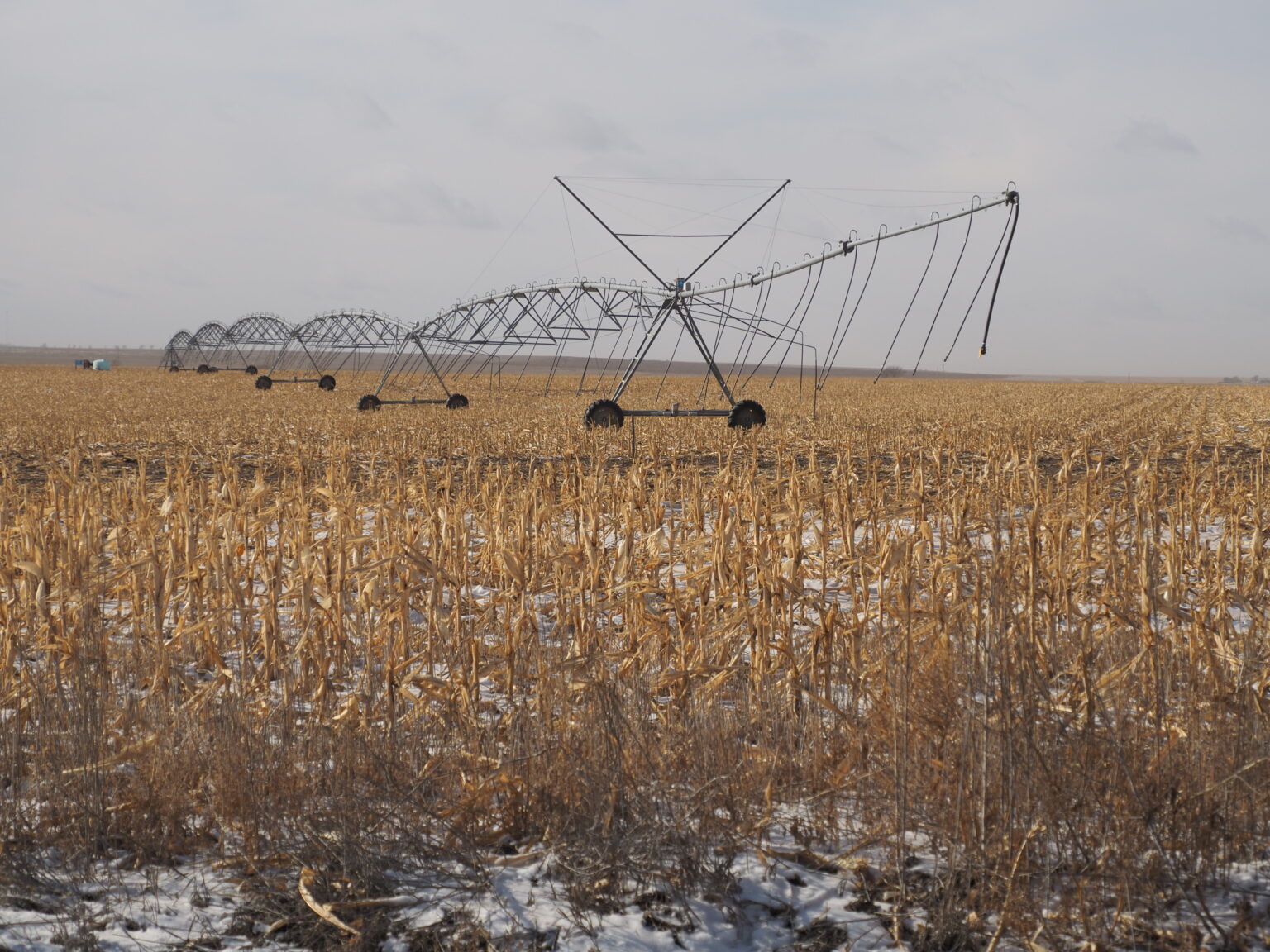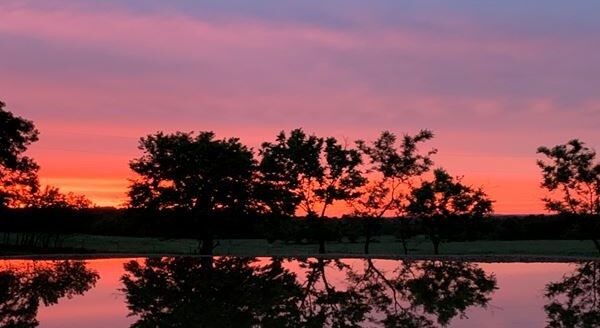Kansas Geological Survey says 18% to 32% cut in groundwater pumping may stabilize aquifer

Estimates drawn from 25 years of tracking water-level, water-use
TOPEKA — The Kansas Geological Survey reported Wednesday groundwater levels in the High Plains Aquifer could be sustained for at least one decade in moisture-imperiled areas of western Kansas through pumping reductions of 18% to 32%.
The aquifer, the state’s most economically important groundwater resource, published a report summarizing regional conditions and options for prolonging life of the aquifer. The review documented benefits of voluntary water conservation in the state’s five groundwater management districts.
“Our results show that the only way to slow water-level declines is to reduce pumping in conjunction with modification of agricultural practices,” said Jim Butler, KGS senior scientist and one of the report’s co-authors. “As has been shown in Kansas and elsewhere, efficient irrigation technology must be coupled with a binding agreement to reduce pumping if we are to make a difference.”
The High Plains Aquifer underlies portions of eight states from South Dakota to Texas. It includes the Ogallala Aquifer of western Kansas and the Great Bend Prairie and Equus Beds aquifers in the south-central part of the state.
KGS, based at the University of Kansas, and the Kansas Department of Agriculture annually measure groundwater levels in 1,400 wells across the High Plains Aquifer.
Groundwater in the Ogallala portion of the aquifer, covering management districts one, three and four, dropped significantly since start of widespread irrigation of cropland in the 1940s. In some areas, less than 40% of the original aquifer thickness remains.
Analysis of data gathered in district one in west-central Kansas and district four in northwest Kansas show water conservation measures slowed decline in groundwater resources.
“The availability of more than 25 years’ worth of high-quality water-level and water-use data for the aquifer makes it possible to provide a sound assessment of the aquifer status,” said Donald Whittemore, KGS emeritus senior scientist and an author of the report.
In district four’s Sheridan County, the state’s first Local Enhanced Management Area realized water savings. KGS said 23% of the savings was attributed to irrigation efficiency with an additional 1% related to a decrease in irrigated area since 2013. LEMAs allow local stakeholders to develop plans to reduce irrigation pumping in a specified area.
Analysis by KGS showed a reduction in pumping in district one saved 24% on water consumption, with 10.5% associated with irrigation efficiency and 14% to decreases in irrigated acreage.
Wichita County, part of district one, experienced reductions in pumping of 40% as water levels in parts of the district fell so low large-scale irrigation was reduced or eliminated. Farmers are adjusting to the water shortage by reducing acreage, changing cropping patterns and adopting technologies to reduce water usage.
In management district three in southwest Kansas, which doesn’t have LEMAs, groundwater use since 2019 has been reduced nearly 13%, KGS said.
In south-central Kansas, the Equus Beds aquifer in management district two has experienced stable water levels during the last 25 years. In district five in the Big Bend Prairie region, there was a slight decline in groundwater usage. The pumping reduction needed to achieve stable water levels in the fifth district is 1.6%, KGS said.
About the author: Tim Carpenter has reported on Kansas for 35 years. He covered the Capitol for 16 years at the Topeka Capital-Journal and previously worked for the Lawrence Journal-World and United Press International.
Kansas Reflector is part of States Newsroom, a network of news bureaus supported by grants and a coalition of donors as a 501c(3) public charity. Kansas Reflector maintains editorial independence. Contact Editor Sherman Smith for questions: [email protected]. Follow Kansas Reflector on Facebook and Twitter.



